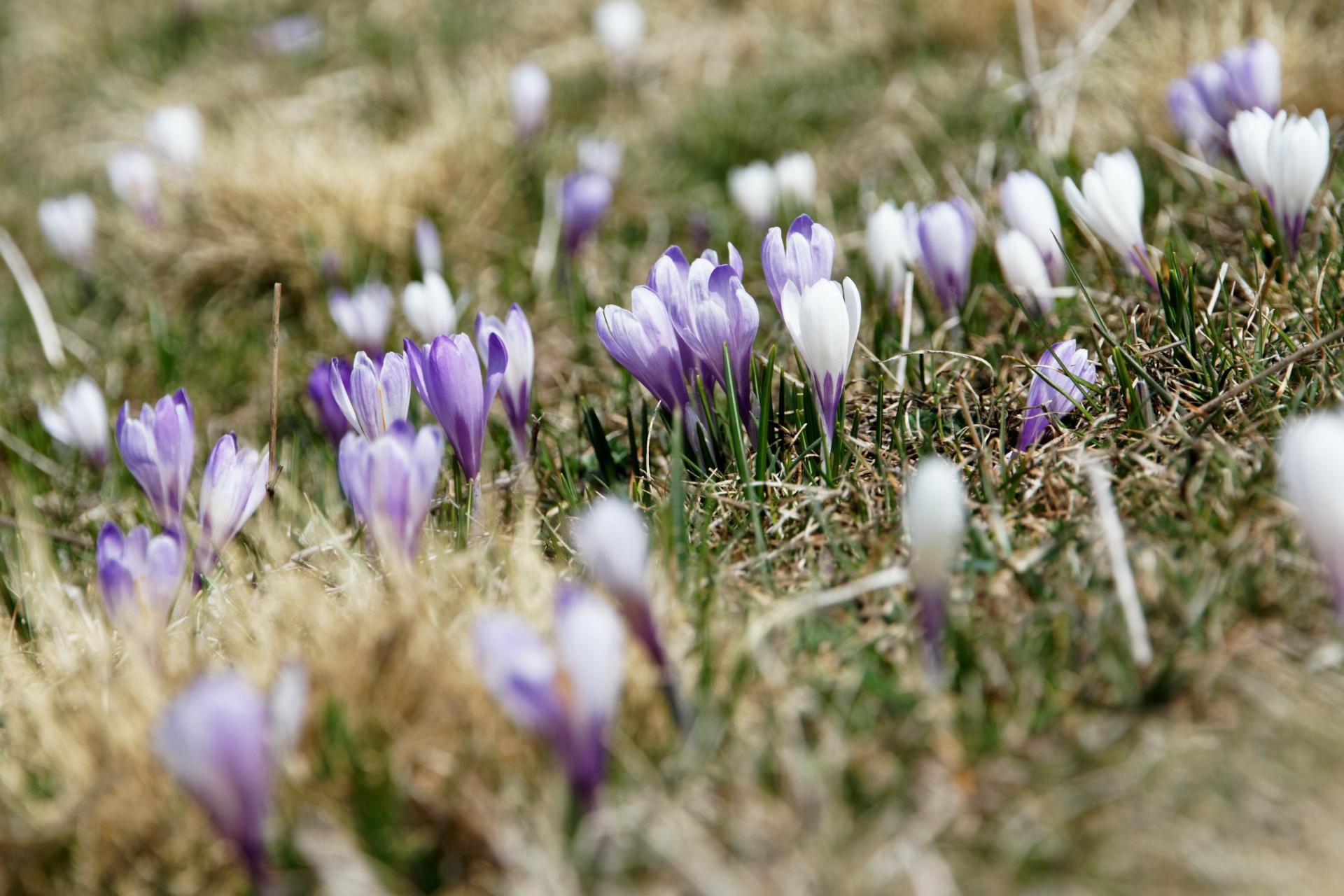You are here
Be A Better Gardener: A Guide for an Era of Change
Be A Better Gardener: A Guide for an Era of Change
by Thomas Christopher
Recently I’ve been finding that I can no longer rely on the gardening calendars that formerly dictated the schedule of my outdoor year. The two weather events on which they are mostly based, the average dates of the last frost in spring and the first frost in fall, are changing as the climate changes. According to the National Weather Service, in Massachusetts, the growing season has increased by ten days since the 1960’s and spring is coming a week earlier than it did half a century ago.
With the warming has come an increase in weather anomalies, events that differ markedly from the average. For example, the predicted date of the last spring frost in my garden in southwestern Massachusetts is May 9th. Last year I began planting out frost sensitive seedlings in my vegetable garden the following week, and the then had to rush out and cover all the beds with plastic drop cloths when the temperature dipped into the 20’s on the night of May 17th. Late frosts are nothing new, of course, but spring weather has already been shortened by the earlier arrival of summer heat, and I’ve needed to get spring planting done as soon as possible.
Precipitation has also become erratic. We are experiencing more extreme storms with greater rainfalls in the Northeast, but longer intervals between rains, leading to more episodes of drought.
The failure of conventional gardening guides is why I was intrigued by a paper, “Calendar Plants of Southern Vanuatu,” published in the journal Economic Botany last May. In this, a dozen botanists reported research they have been pursuing in the Pacific Island nation of Vanuatu. They have been recording Vanuatu Islanders’ use of 111 species of native plants as indicators of the best times to pursue a range of interactions with their environment, including foraging, hunting, fishing, and gardening.
For more information, I got in touch with the article’s two lead authors, Dr. Michael Balick, Director of the New York Botanical Garden’s Institute of Ethnobotany (the study of how people of a particular culture and region make use of indigenous plants), and Dr. Gregory Plunkett, Director of NYBG’s Program for Molecular Systematics (the study of how various species of plants evolved and are related to each other) at the same institution.
The scientists who conducted the study focused on Tafea, Vanuatu’s southernmost province, collecting plant specimens and consulting with nearly 130 Ni-Vanuatu (indigenous people of Vanuatu) about the local names and uses of each species. Especially among the older residents, Drs. Balick and Plunkett told me, much traditional plant lore was still current. In the case of calendar plants, it had taken on an increased importance. This is because plants react in their growth to changes in the climate and weather, continuously correcting this sort of gardening calendar. In 2022, for example, rainfall was much higher than usual in one region of the island of Tanna. The calendar plants used by the indigenous people to mark the beginning of the gardening season responded by developing more slowly. Local gardeners followed suit, delaying crop planting. The harvest, though later than usual, was successful, undamaged by the excessive rain.
The characteristics of calendar plants the residents watch for varies from species to species, and sometimes by region. In western Tanna, it is the sprouting of seedlings of a shrub, Urena lobata, that marks planting time. Further south, on the island of Aneityum, the flowering of the same shrub signals the cyclone season is over.
There are hints that a similar use of plants once existed in North America, too. For instance, I’ve heard an old-time injunction to plant corn when the leaves on local oak trees “are the size of a squirrel’s ear.”
When I suggested to Plunkett and Balick that American gardeners might benefit from a revival of the use of calendar plants, they agreed. One useful resource for this could be data about bloom times and bud break of a variety of plants across the United States collected by the National Phenological Network (https://www.usanpn.org/home). These dates could be correlated with the timing of gardening tasks. I suspect that the traditions of Native American peoples might include information about calendar plants. In this time of changing climate, I believe gardeners will do better look to plants for clues.
To listen to the complete conversation with Drs. Balick and Plunkett, log onto the Berkshire Botanical Garden’s Growing Greener podcast.
Be-a-Better-Gardener is a community service of Berkshire Botanical Garden, located in Stockbridge, Mass. Its mission, to provide knowledge of gardening and the environment through a diverse range of classes and programs, informs and inspires thousands of students and visitors each year. Thomas Christopher is a volunteer at Berkshire Botanical Garden and is the author or co-author of more than a dozen books, including Nature into Art and The Gardens of Wave Hill (Timber Press, 2019). He is the 2021 Garden Club of America's National Medalist for Literature, a distinction reserved to recognize those who have left a profound and lasting impact on issues that are most important to the GCA. Christopher’s companion broadcast to this column, Growing Greener, streams on WESUFM.org, Pacifica Radio and NPR and is available at berkshirebotanical.org/growinggreener.
Help Our Garden Grow!
Your donation helps us to educate and inspire visitors of all ages on the art and science of gardening and the preservation of our environment.
All Donations are 100 percent tax deductible.


